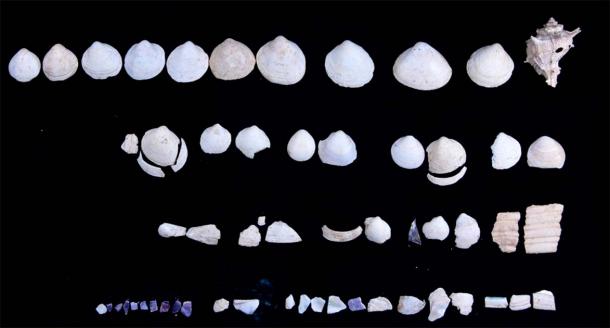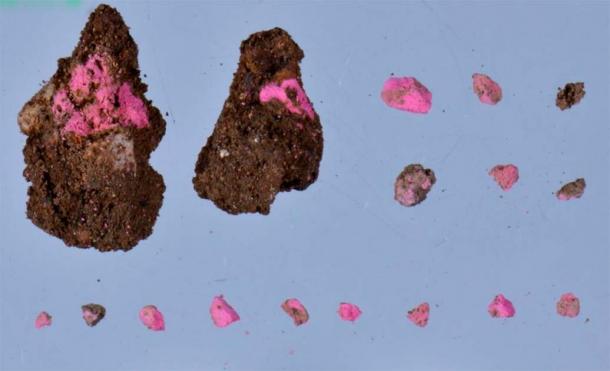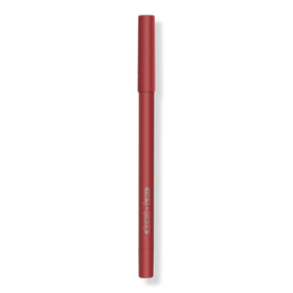In the ancient city of Aizanoi, located in Turkey’s Kutahya province, archaeologists have unearthed remnants of cosmetic products, which include jewelry items and makeup materials, dating back over 2,000 years, believed to have been used by Roman women. The team also discovered various inscriptions providing insights into the establishment and operation of ancient shops, shedding light on the city’s commercial and social structure.
The Roman Connection: Examining the Jewelry and Cosmetics
Gokhan Coskun, an archaeologist affiliated with Dumlupinar University and leading the excavation, revealed that a significant portion of their research efforts has been concentrated in the agora, the marketplace, situated to the east of the Temple of Zeus. Aizanoi is well-known for its exceptionally preserved Temple of Zeus in Anatolia, reports Daily Sabah . The excavations were conducted in partnership with the Kütahya Governorate and Dumlupınar University.
Coskun further explained that his team has successfully reached the ancient shops that have been buried for two millennia within the marketplace.
“We determined that the place we completely uncovered was a shop that sold cosmetic products such as perfumes, jewelry and makeup materials. During the excavation here, we encountered a large number of perfume bottles. In addition to these, there are jewelry items. Among these, there are various beads belonging to products such as hairpins and necklaces used by women,” he said, quoted by Anadolu Agency (AA) .

Oyster shells that were used to store makeup products, found in the shop area at Aizanoi, Kütahya. ( Anadolu Agency )
In the Roman Empire , makeup materials such as blush and eyeshadow were often placed inside oyster shells and used, which was one of the ways in which the Roman connection was made. Coskun notes that they encountered a large number of oyster shells in the shop they excavated.
Coskun emphasized that the predominant colors they discovered were red and pink, with makeup pigments found in a total of 10 different hues. Detailing the types of materials uncovered, Coskun elaborated:
“One of the most surprising findings was that we came across makeup pigments similar to blush and eyeshadow used today. Of course, they are not in a very well-preserved state. Sometimes they are found in 1 or 2-millimetre pieces. We also found well-preserved pieces during the excavation.”

Makeup pigment fragments found at the site. ( Anadolu Agency )
To add color to their cheeks, Roman women would use various natural substances like red ocher, red lead, and cinnabar as blush or rouge. Kohl (stibium) was applied to the eyes to darken the eyelids and provide protection from the sun’s glare. Eyebrows would be shaped to have a defined arch, and darkening and accentuating eyebrows was also a common practice and marker of beauty.

Make up found at the shop in Aizanoi. ( Anadolu Agency )
The Historical Site of Aizanoi Turkey: A History to Remember
Aizanoi, with its origins tracing back to around 3000 BC, served as the primary settlement for the Aizanitis people who inhabited ancient Phrygia. During the Hellenistic period , this region experienced periods of subjugation, at times falling under the dominion of both the kingdoms of Pergamum and Bithynia. However, in the year 133 BC, Aizanoi came firmly under Roman rule, reports Daily Sabah .
The ancient site, located 57 kilometers (35.5 miles) from the Kutahya city center, witnessed its golden age in the second and third centuries AD and subsequently became “the center of the episcopacy in the Byzantine era,” as indicated on the Turkish Culture and Tourism Ministry website.
In 1824, European travelers rediscovered this ancient site.
Between 1970 and 2011, the German Archaeology Institute unearthed various significant structures, including a theater, a stadium, two public baths, a gymnasium, five bridges, a trading building, necropolises, and the sacred cave of Metre Steune – a cultist site believed to have been used before the first century BC. Starting in 2011, Turkish archaeologists have been conducting excavations at the ancient site. This year, the excavations were transferred to the Kutahya Museum Directorate, reports The Greek City Times .
Top image: Archaeologists discovering roman era makeup and jewelry at the Aizanoi archaeological site and, right, an example of the makeup. Source: Anadolu Agency
By Sahir Pandey
This post was originally published on this site be sure to check out more of their content.





